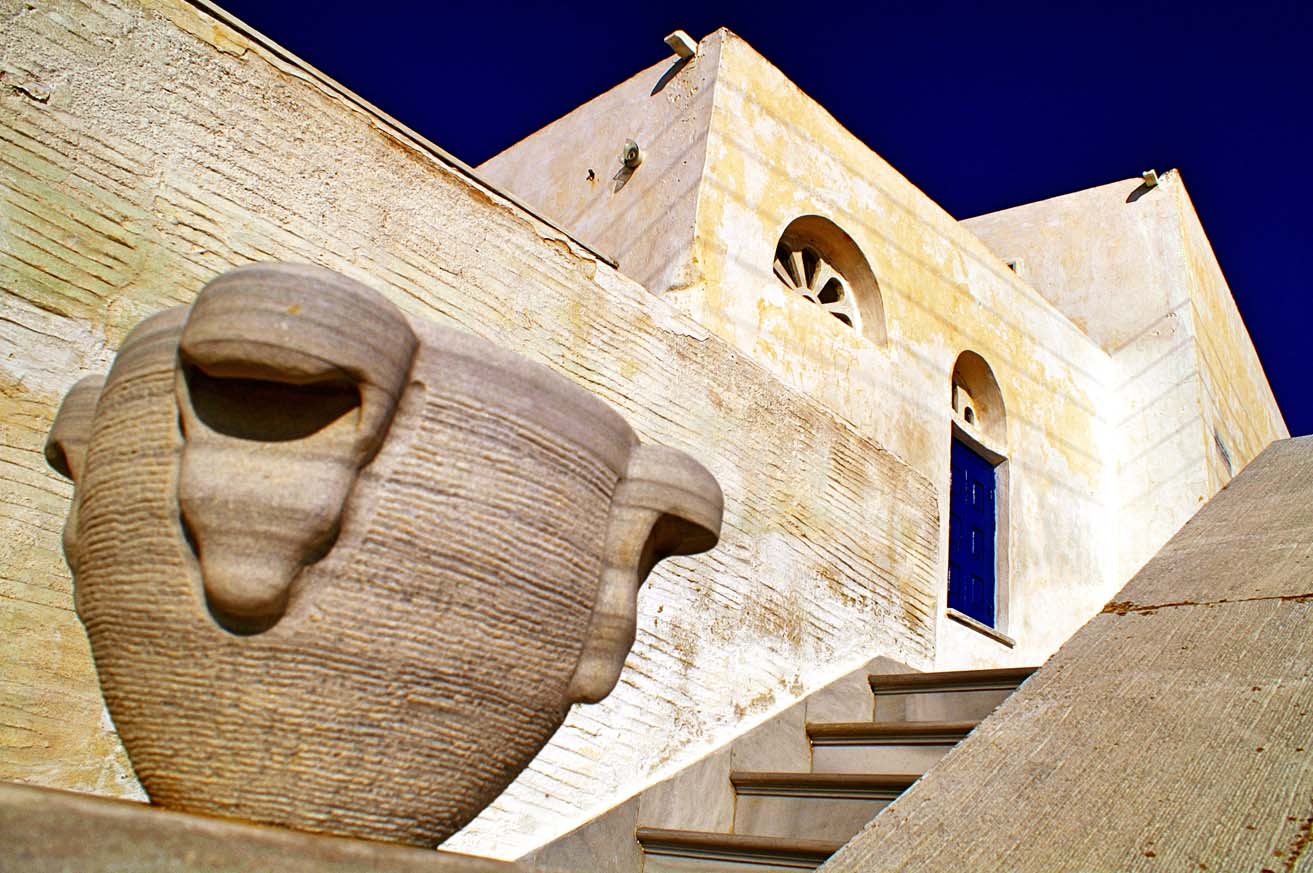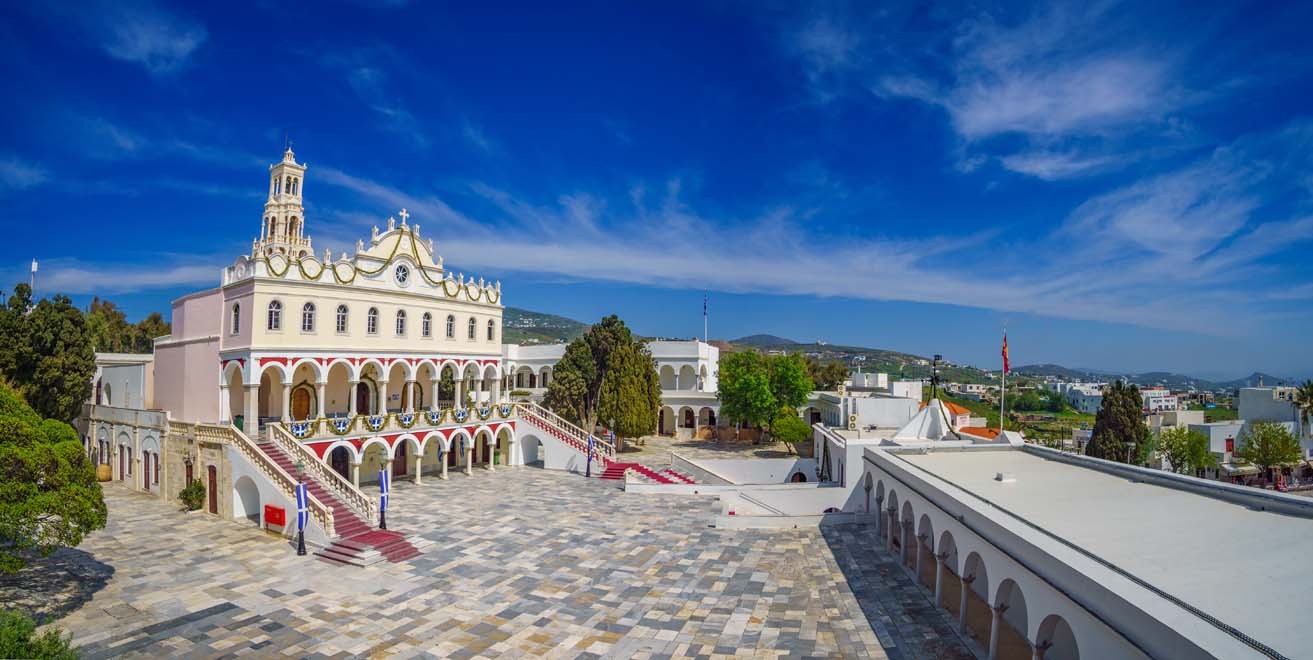EXPLORE TINOS
An island full of myths & history
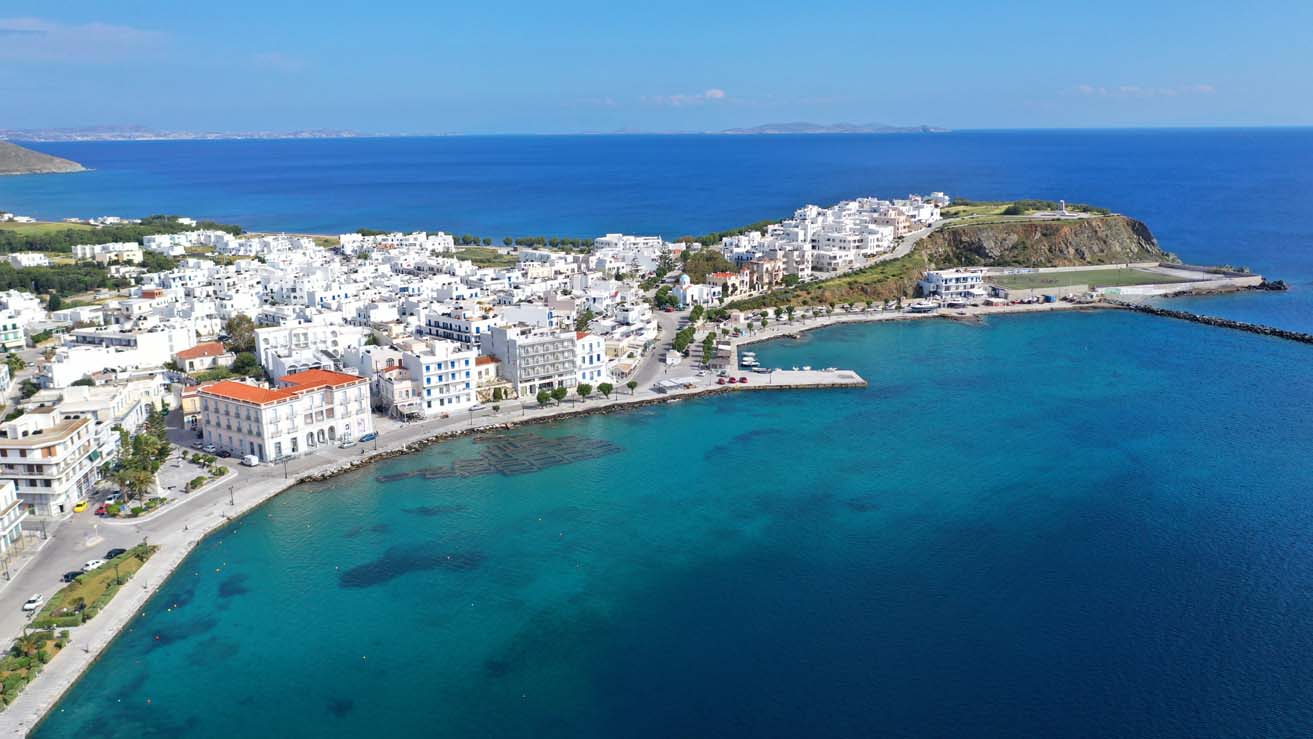
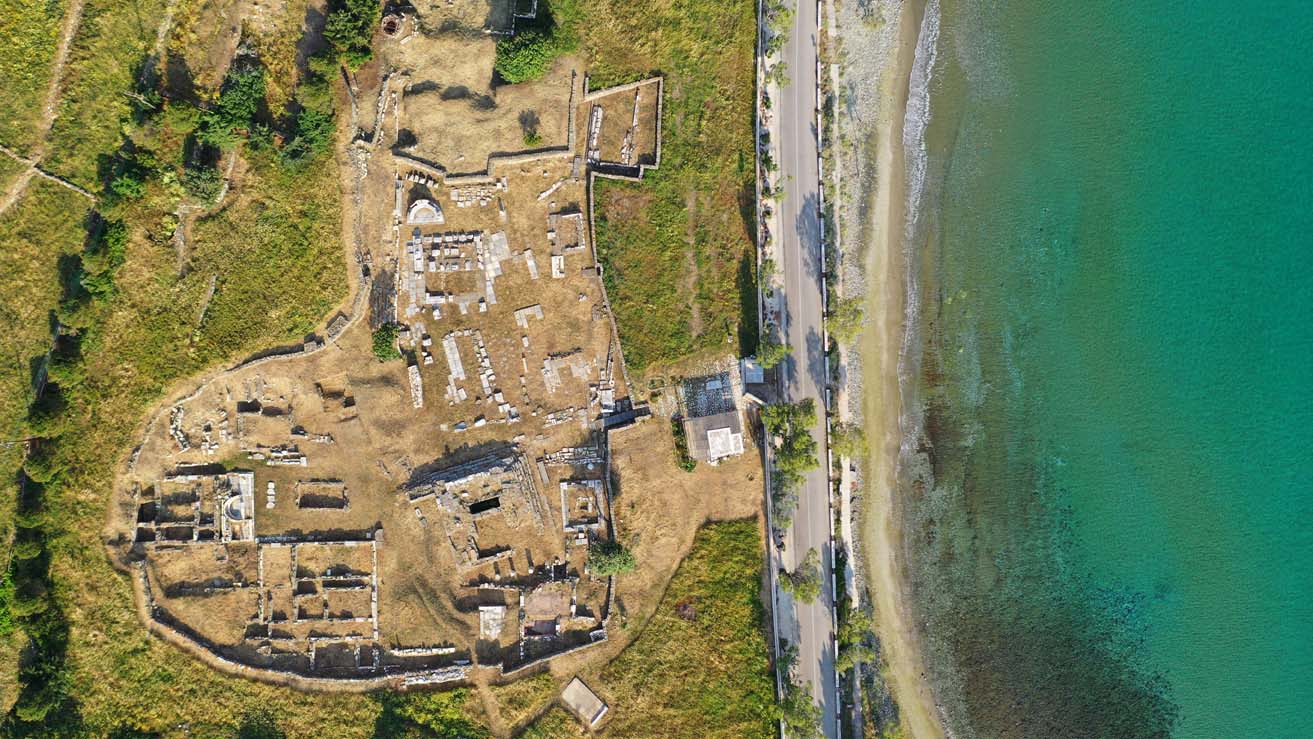
The first inhabitants of the island are thought to be the Phoenicians, followed by the Ionians in the 11th century BC, while there are about fifty archaeological sights with elements from the Geometric period to the 5th century BC. During the Median Wars, Tinos came under Persian authority, and Tinians gained their freedom after the battle of Marathon, in 490 BC. Afterwards, the island became a member of the Delian Alliance, ruled by Athens.
Before the name Tinos, the island was known as Ophioussa (deriving from ophis, an ancient Greek word meaning snake) due to the large population of snakes and Ydroussa (from hydria) because of its abundance of water sources. According to Greek mythology, the god Poseidon became the island's protector after he chased the snakes away from the island.
In 386 BC, Tinos became independent, but not for long: soon came the authority of Philip of Macedonia, and after the death of his son, Alexander the Great, the island came into possession of the Egyptian Ptolemies, and the island would go on to be a part of the Roman Empire. During Byzantine times, plagued with epidemics and fear, the inhabitants moved to the island's interior to protect from the recurring pirate raids that happened in all Greek islands.
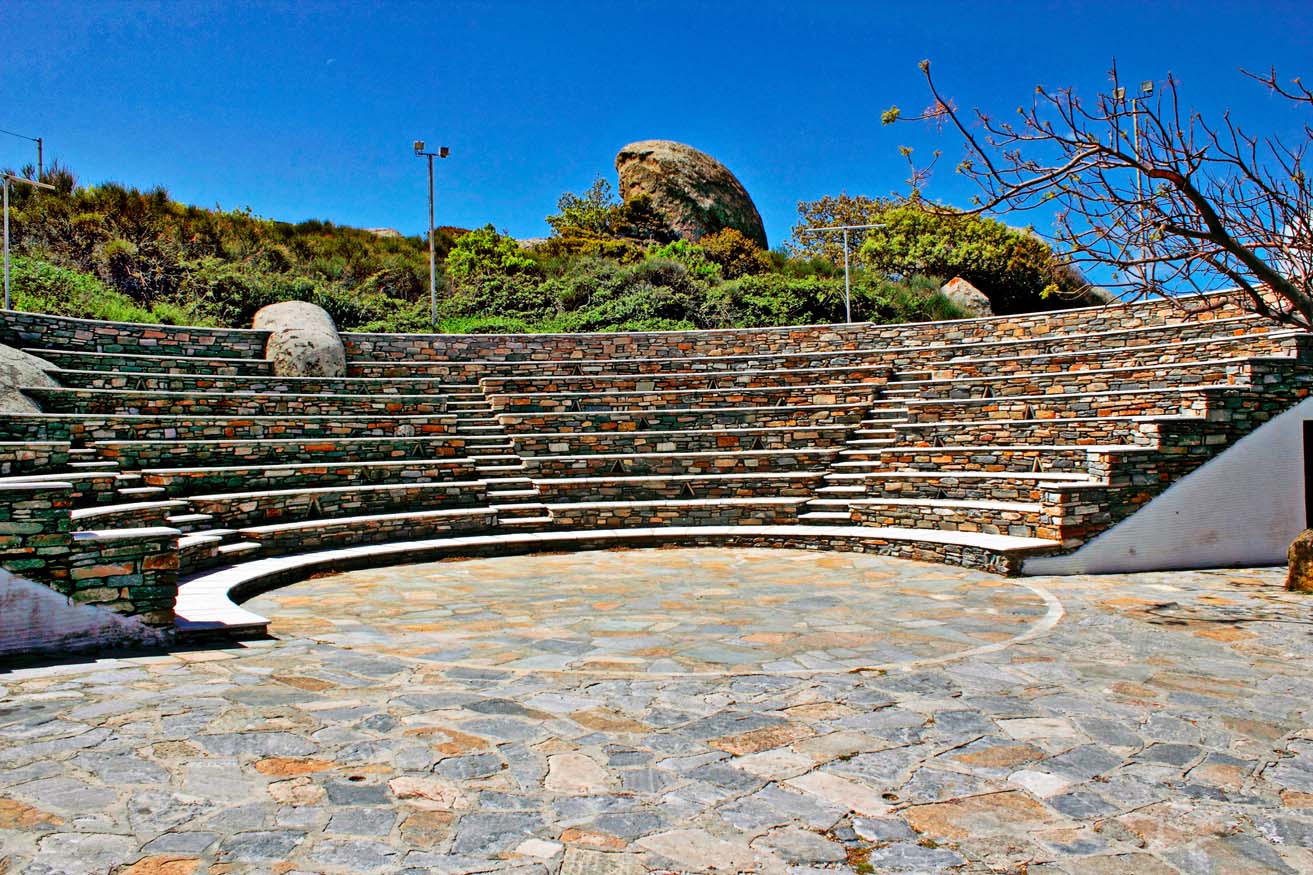
Along with the rest of the Greek islands, Tinos was conquered by the Venetians in 1207, in an occupation that lasted for several years. This was a period of great development, as locals worked with Venetians against the Turkish attacks, allowing the island to flourish. People had the right to wear their local uniform, build schools and churches, while the Turkish fleet was not allowed near the nearly self-governed island ―the only Turkish residents were the Governor and the judge. During the Ottoman period, the present-day capital began to develop, emphasizing shipping and commercial activities.
Up until 1821, Tinos was the most populated and flourishing island in the Cyclades area, as well as its economic capital, while many Tinians went on to be business owners in centers like Constantinople, Alexandria and Smyrna.
Recent Years
The contribution of Tinos to the Greek Revolution against the Turkish rule was of great importance. The island became a religious and cultural center of the Modern Greek State during 1830. The island is the birthplace of many artists who contributed to the development of modern Greek art. At the same time, the torpedoing of Warship Elli marked the modern history of Tinos in August 1940. During World War II, the locals suffered under the Italian and German occupation, but managed to provide great aid to the Greek Resistance against the oppressors.
